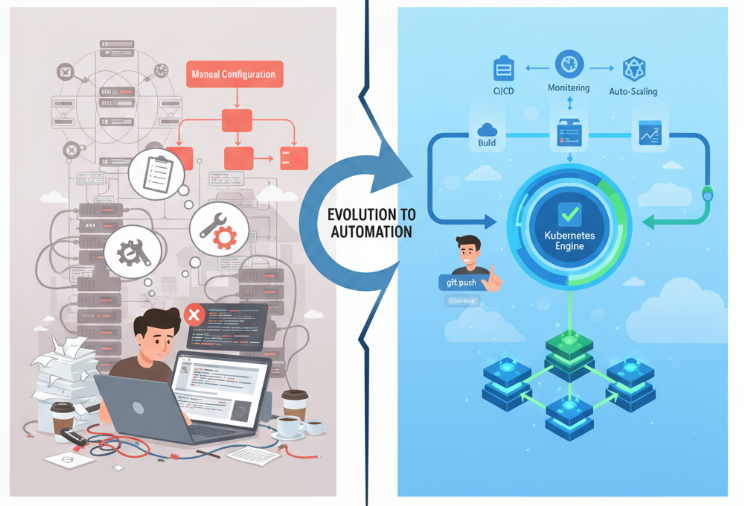
Editor’s note: Rent the Runway is redefining how consumers engage with fashion, offering on-demand access to designer clothing through a unique blend of e-commerce and reverse logistics. As customer expectations around speed, personalization, and reliability continue to rise, Rent the Runway turned to Google Cloud’s fully managed database services to modernize its data infrastructure. By migrating from a complex, self-managed MySQL environment to Cloud SQL, the company saved more than $180,000 annually in operational overhead. With Cloud SQL now supporting real-time inventory decisions, Rent the Runway has built a scalable foundation for its next chapter of growth and innovation.
Closet in the cloud, clutter in the stack
Rent the Runway gives customers a “Closet in the Cloud” — on-demand access to designer clothing without the need for ownership. We offer both a subscription-based model and one-time rentals, providing flexibility to serve a broad range of needs and lifestyles. We like to say Rent the Runway runs on two things: fashion and logistics. When a customer rents one of our items, it kicks off a chain of events most online retailers never have to think about.
That complex e-commerce and reverse logistics model involves cleaning, repairing, and restocking garments between uses. To address both our operational complexity and the high expectations of our customers, we’re investing heavily in building modern, data-driven services that support every touchpoint.
Out: Manual legacy processes
Our legacy database setup couldn’t keep up with our goals. We were running self-managed MySQL, and the environment had grown… let’s say organically. Disaster recovery relied on custom scripts. Monitoring was patchy. Performance tuning and scaling were manual, time-consuming, and error-prone.
Supporting it all required a dedicated DBA team and a third-party vendor providing 24/7 coverage — an expensive and brittle arrangement. Engineers didn’t have access to query performance metrics, which meant they were often flying blind during development and testing. Even small changes could feel risky.
All that friction added up. As our engineering teams moved faster, the database dragged behind. We needed something with more scale and visibility, something a lot less hands-on.
It’s called Cloud SQL, look it up
When we started looking for alternatives, we weren’t trying to modernize our database: We were trying to modernize how our teams worked with data. We wanted to reduce operational load, yes, but also to give our engineers more control and fewer blockers when building new services.
Cloud SQL checked all the boxes. It gave us the benefits of a managed service — automated backups, simplified disaster recovery, no more patching – while preserving compatibility with the MySQL stack our systems already relied on.
But the real win was the developer experience. With built-in query insights and tight integration with Google Cloud, Cloud SQL made it easier for engineers to own what they built. It fit perfectly with where we were headed: faster cycles; infrastructure as code; and a platform that let us scale up and out, team by team.
Source Credit: https://cloud.google.com/blog/products/databases/how-rent-the-runway-supercharges-developer-speed-and-insights-with-cloud-sql/




